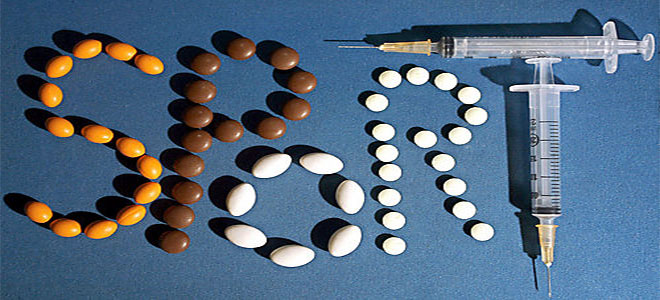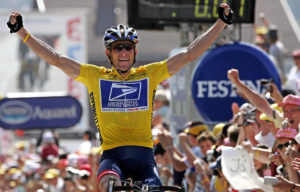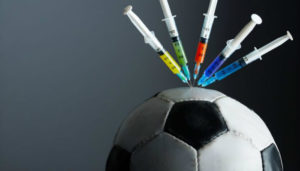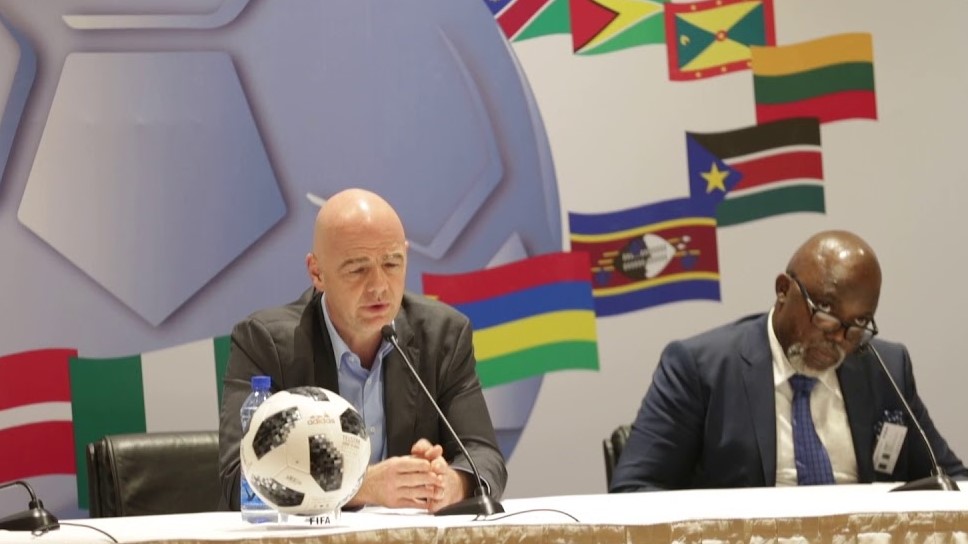
Sports Law for Beginners (1): Doping and Football
What is Doping?
The word ‘Doping’ is more often than not, found in the world of sports. Articles 1 & 2 of the World Anti-Doping Code defines doping as the presence of a prohibited substance or its metabolites, or markers in the body specimen of an athlete. Thus, doping involves the use of prohibited substances to increase sporting performances of an athlete beyond his/her natural level of performances. It gives athletes who indulge in it an undue advantage over their fellow competing athletes.
According to the UK Anti-Doping Agency, substances and methods are banned when they meet at least two (2) of the three categories below:
- They enhance performance;
- Pose a threat to athlete health;
- Violate the spirit of the sport.

Lance Armstrong
While doping has assisted some athletes get an edge over other athletes without being caught, it has ruined the careers and legacies of some other athletes who were not as lucky – caught doping. In 2013, Lance Armstrong admitted to taking performance-enhancing drugs during his career. He was a seven-time Tour de’ France Champion (all of which he was stripped of), as well as his bronze medal which he won at the 2000 Olympics in Sydney, Australia.
Health Risk
Whether an athlete is caught or not, taking banned substances has potential adverse effects on their health. Unfortunately, the undue advantage it gives them while competing, often blinds them to the dangers.
For example, Anabolic steroids can cause liver damage, stunted growth, deepening voices (in women), and one of its withdrawal symptoms involves depression.
Some of the drugs regularly found in doping-related cases are: Anabolic steroid, Stimulants, Narcotics, Marijuana, among others.
Doping and Football
In football, there are several rules that prohibit the use of banned substances which players may use to enhance their performances. As such, professional footballers are usually subjected to spontaneous drug tests, in a bid to make sure they are not found positive of taking performance enhancing drugs. This is overseen by the Medical Committee of FIFA which deals with the fight against doping. (Article 48, FIFA Statutes 2018)

Doping in football
Doping in football is strictly prohibited by Article 5 of the FIFA Anti-Doping Regulations. The Regulation contains (amongst others) what constitutes doping violations, and the sanctions such violations attract. This shows FIFA’s zero tolerance towards doping in football.
Under the FIFA Anti-Doping Regulations, the following constitute anti-doping violations:
i. Presence of a prohibited substance or its metabolites or markers in a player’s sample (Article 6). It is important that a player ensures that no prohibited substance enters his body. Players are responsible for any prohibited substance or its metabolic or markers found to be present in their samples and would be sanctioned accordingly. However, there are few exceptions under the same Regulations.
ii. Use or attempted use of prohibited substances, or prohibited methods by a player (Article 7). It would not matter whether the player was successful/failed in the use or attempt to use the banned substance.
iii. Evading, refusing or failing to submit to sample collection. (Article 8). A well-known example is that of Rio Ferdinand who was banned in 2003 from playing football for 8 months, having missed a drug test.
iv. A cummulation of three (3) missed tests or filing failures within a 12-month period by a player in a registered Testing Pool. (Article 9)
v. Tampering or attempted tampering with any part of Doping Control (Article 10)
vi. Possession of a prohibited substance or a prohibited method (Article 11)
vii. Trafficking or attempt to traffic prohibited drugs. (Article 12)
Case study
The most recent doping case involving any footballer occurred in 2018, between WADA (World Anti-Doping Agency) v FIFA & Jose Paulo Guerrero. Paulo Guerrero, a Peruvian international, tested positive for a metabolite of cocaine at a World Cup qualifying match against Argentina in October 2017. It was argued by his lawyers that the cocaine was mistakenly consumed in contaminated tea, and not for performance-enhancing purpose. Initially, Guerrero was banned by FIFA for one year by the FIFA Disciplinary Committee, which was later reduced to six months upon appeal by the player to the FIFA Appeal Committee.

Guerrero
However, upon appeals by both WADA and the player at the Court of Arbitration for Sports (CAS), Guerrero was declared ineligible for a period of 14 months for violation of Article 6 of the FIFA Anti-Doping Regulation, starting from the date of notification of the award. The ban extension meant he was to miss the 2018 FIFA World Cup.
However, the Swiss Federal Judge (upon appeal) compassionately suspended the commencement of the 14-month ban, so as not to deny Guerrero a possible “crowning glory of his career”, as it was Peru’s first World Cup in 36 years. He then began to serve his ban after the world cup campaign of his country.
Conclusion
While concluding, it must be reiterated that doping should never be indulged in by athletes. It is a cancer which affects not only the integrity of any sport itself, but the actors themselves – denying others who have worked hard, a shot at glory. Also, Athletes also run the risk of humiliation and gross damage to their reputation when found guilty of doping violations. While the battle against doping is being fought vigorously, the African proverb, “only the tortoise knows what is hidden in its shell” comes to mind.

